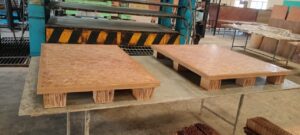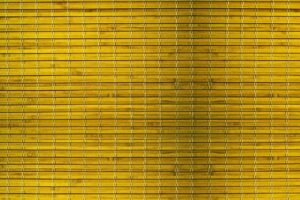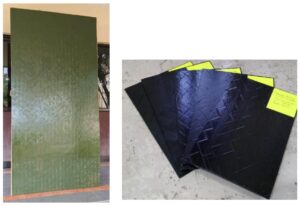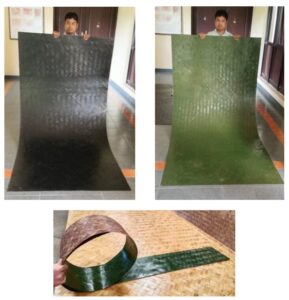1. Introduction
Bamboo skewer and chopstick production is a sustainable and profitable business that involves processing bamboo into disposable kitchen and dining products. These products are widely used in households, restaurants, and street food stalls. Bamboo skewers and chopsticks are eco-friendly alternatives to plastic utensils, offering a biodegradable and renewable option for food consumption.
2. Objectives
- To set up a production facility for high-quality bamboo skewers and chopsticks.
- To promote the use of eco-friendly and sustainable materials.
- To generate employment opportunities and contribute to rural development.
- To cater to both domestic and international markets.
3. Market Analysis
3.1 Demand Analysis
- Growing demand in the food and hospitality industries.
- Increasing preference for biodegradable and eco-friendly utensils.
- Government regulations reducing plastic usage are boosting bamboo-based alternatives.
- Potential export market in Asia, Europe, and North America.
3.2 Target Market
- Restaurants and food chains.
- Street food vendors.
- Hotels and catering businesses.
- Exporters of sustainable kitchenware.
4. Land, Machinery & Costing
4.1 Land & Infrastructure
| Item | Quantity | Cost per unit (INR) | Total Cost (INR) |
|---|---|---|---|
| Land (2 acres) | |||
| Factory Building & Storage | |||
| Machinery & Equipment | |||
| Office & Utilities | |||
| Total | – | – |
4.2 Raw Materials & Production Costs
| Item | Quantity | Cost per unit (INR) | Total Cost (INR) |
|---|---|---|---|
| Raw Bamboo | |||
| Cutting & Shaping Tools | – | – | |
| Packaging Materials | – | – | |
| Labor (15 workers) | |||
| Miscellaneous | – | – | |
| Total | – | – |
4.3 Production Process
- Harvesting & Selection – Selection of mature bamboo poles for processing.
- Cutting & Splitting – Cutting bamboo into small sticks suitable for skewers and chopsticks.
- Polishing & Shaping – Smoothing the edges and ensuring a uniform shape.
- Boiling & Drying – Treating bamboo sticks to remove natural starch and drying them for durability.
- Quality Check & Packaging – Ensuring product standards before distribution.
5. Financial Analysis
5.1 Cost Estimation
Fixed Costs
| Expense | Cost (INR) |
|---|---|
| Land & Infrastructure | |
| Machinery & Equipment | |
| Factory Setup & Utilities | |
| Total Fixed Costs |
Variable Costs (Per Year)
| Expense | Cost (INR) |
|---|---|
| Raw Materials | |
| Cutting & Shaping Tools | |
| Labor | |
| Utilities & Maintenance | |
| Marketing & Distribution | |
| Total Variable Costs |
5.2 Revenue & Profit Analysis
| Parameter | Value |
|---|---|
| Selling Price of Skewers & Chopsticks (Per Unit) | |
| Production Capacity (Per Year) | |
| Revenue from Sales | |
| Annual Cost (Fixed + Variable) | |
| Profit (From Second Year Onwards) |
6. Break-Even Analysis
- Fixed Costs:
- Profit Per Year (After First Year):
- Break-even Point =
7. Sustainability & Environmental Impact
- Waste Utilization: Bamboo waste can be repurposed for biomass energy or compost.
- Eco-friendly Processing: Using non-toxic treatment methods for bamboo.
- Sustainable Forestry: Encouraging bamboo plantations for continuous supply.
- Plastic Waste Reduction: Providing biodegradable alternatives to plastic utensils.
8. Challenges & Mitigation Strategies
| Challenge | Mitigation Strategy |
|---|---|
| Raw Material Supply | Establish contract farming with local bamboo growers |
| Market Competition | Develop branding, certifications, and quality differentiation |
| Initial High Investment | Seek government subsidies and private funding |
| Product Awareness | Implement targeted marketing campaigns and partnerships |
